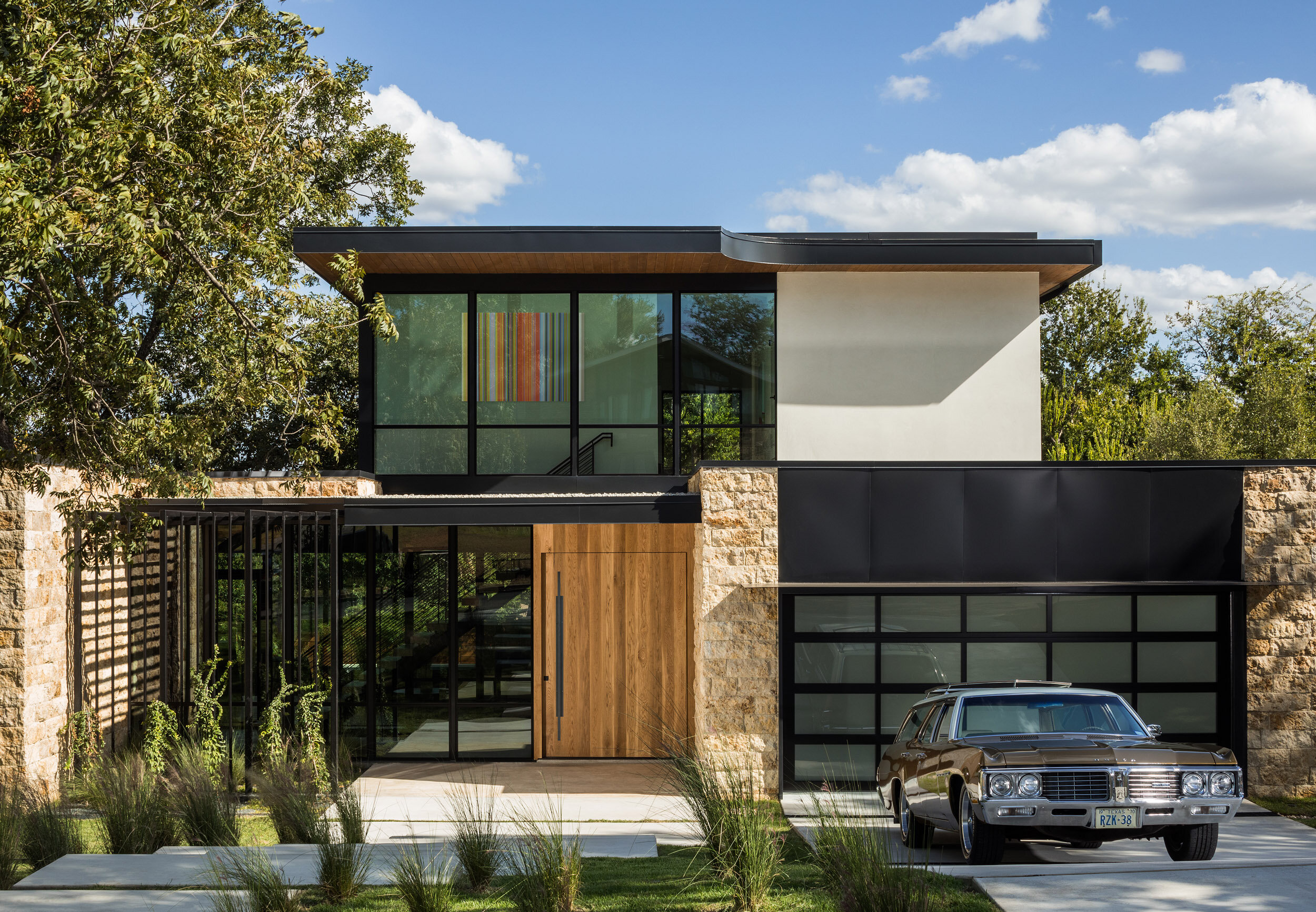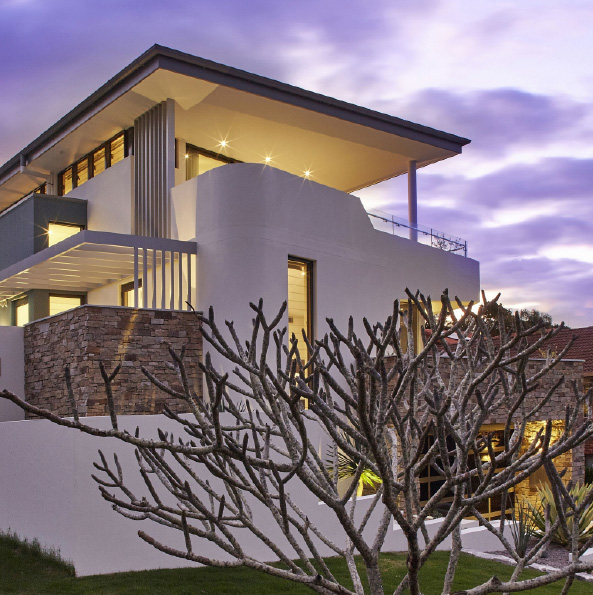Residential Architecture Homes Designed for Comfort, Aesthetics, and Functionality
Residential Architecture Homes Designed for Comfort, Aesthetics, and Functionality
Blog Article
Leading Fads in Residential Style You Ought To Understand About
As residential architecture continues to develop, a number of compelling patterns are shaping the way we design and inhabit our living spaces. Trick developments such as sustainable building techniques, the assimilation of clever home modern technology, and the rise of modular homes highlight a considerable change towards both functionality and ecological obligation.
Sustainable Structure Practices
An increasing variety of residential tasks are embracing sustainable building methods, driven by a growing understanding of ecological influence and energy performance. This change is defined by the assimilation of green products, energy-efficient layouts, and innovative construction techniques. Contractors and homeowners are progressively prioritizing using renewable energies, such as bamboo and recycled metals, which not just decrease the carbon footprint yet also improve the sturdiness and visual allure of residential properties.
Including energy-efficient systems is an additional essential facet of lasting structure - residential house architect. Functions such as high-performance insulation, energy-efficient windows, and photovoltaic panels are coming to be standard in brand-new domestic layouts. These aspects not just add to lower power intake yet also supply significant long-lasting cost savings for homeowners
Additionally, the layout of sustainable homes usually highlights natural light and ventilation, decreasing the dependence on fabricated lighting and environment control systems. Landscape design methods, such as xeriscaping, further promote sustainability by reducing water usage.
As the demand for lasting living options remains to climb, the domestic design market is poised to introduce and adjust, ensuring that future homes are not only ecologically responsible yet functional and also comfortable for their owners. - residential house architect
Smart Home Technology
Smart home technology is changing the means property owners connect with their living rooms, improving energy, safety and security, and comfort management. This innovative strategy incorporates different devices and systems, allowing individuals to manage their homes from another location or with automated procedures. Central to this pattern is the usage of smart tools such as thermostats, illumination, safety and security cameras, and devices, all linked through the Internet of Points (IoT)
One of one of the most attractive features of smart home technology is the capacity to tailor setups for optimum energy performance. House owners can keep track of power usage and change home heating, illumination, and cooling based on their routines, considerably minimizing utility prices. Additionally, sophisticated security systems geared up with smart locks and monitoring cameras supply assurance, allowing remote surveillance and notifies to possible security violations.
Integration with voice-activated aides improves individual experience, enabling home owners to control tools with straightforward voice commands. As technology proceeds to advance, the capacity for clever home systems to enhance high quality of life expands, making them a necessary factor to consider in contemporary property style. Eventually, wise home modern technology is not just a fad however an essential change towards a lot more smart living environments.
Open Concept Living
Open up concept living has actually become a specifying attribute in modern domestic style, characterized by the removal of traditional obstacles in between areas. This design ideology advertises fluidness and connectivity within the home, permitting a seamless change in between locations such as the kitchen, eating, and living spaces. By removing wall surfaces and dividers, open principle layouts create a feeling of spaciousness, cultivating a welcoming environment that boosts social communication.

In addition, this approach to property design aligns with minimalism, focusing on practical simplicity and visual coherence. Home owners appreciate the adaptability of these designs, which can be quickly adjusted to show personal design via furniture setup and design. As open principle living proceeds to gain traction, it stays a testament to evolving family characteristics and the need for homes that enhance connection and convenience.
Biophilic Style
Biophilic style has actually ended up being progressively substantial in residential style, emphasizing the innate connection in between people and nature. This design viewpoint looks for to integrate natural environments into living rooms, thereby cultivating a sense of well-being and boosting the top quality of life for passengers. By incorporating features such as all-natural light, greenery, and natural materials, biophilic layout promotes a harmonious connection between interior environments and the natural globe.
Crucial element of biophilic design consist of large windows that supply unblocked sights of outside landscapes, living walls that present plant into interiors, and open layout that urge air movement and all-natural light infiltration. Water features, both inside and outside the home, serve to produce relaxing environments and boost sensory experiences.
Furthermore, the use of lasting products not only sustains environmental stewardship however also click here to find out more adds to much healthier indoor air top quality. As understanding of environmental problems increases, house owners are increasingly prioritizing styles that mirror their link to nature. Fundamentally, biophilic helpful resources design not only elevates visual charm but also addresses emotional and psychological requirements, making it an important trend in modern property style.
Modular and Prefab Houses

Furthermore, prefab and modular homes are developed with sustainability in mind. Several suppliers utilize energy-efficient systems and green products, such as photovoltaic panels and advanced insulation methods, adding to lowered power usage and reduced energy bills for house owners. The versatility of style options enables customization, catering to varied aesthetic preferences and useful demands.
As the need for affordable housing remains to rise, prefab and modular homes present a practical option, attending to both financial and ecological obstacles. Neighborhoods are progressively identifying the possibility of these structures, incorporating them into metropolitan and country setups. Generally, the trend towards prefab and modular homes represents a shift towards much more sustainable, efficient, and versatile living settings, making them a pivotal aspect of contemporary residential style.
Final Thought
Lasting building methods and smart home technologies boost efficiency and benefit, while open concept living and biophilic style foster social interaction and a link to nature. The surge of modular my link and prefab homes supplies adjustable and cost effective solutions, showing a more comprehensive shift in the direction of useful and liable living.
Trick advancements such as lasting structure techniques, the combination of smart home modern technology, and the increase of modular homes underscore a significant shift in the direction of both performance and ecological obligation.The rise of prefab and modular homes has actually changed the residential style landscape, providing ingenious remedies for effective and lasting living.Moreover, prefab and modular homes are developed with sustainability in mind. On the whole, the fad toward modular and prefab homes indicates a change towards much more sustainable, effective, and versatile living environments, making them a critical facet of contemporary household design.
Lasting building techniques and smart home innovations boost effectiveness and comfort, while open concept living and biophilic layout foster social interaction and a connection to nature.
Report this page